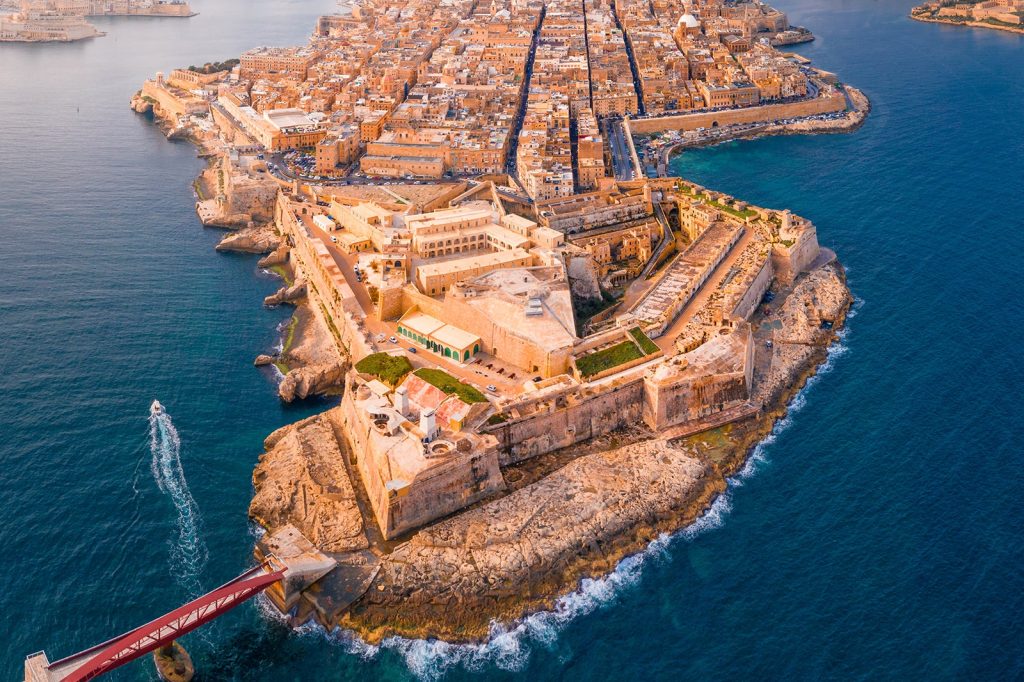
Differences between Malta PR and RP programs
There are two main ways for foreign citizens who want to get a permit to live in Malta. These are the residency and permanent residence programs. The schemes differ in terms of requirements, conditions, and benefits received. • The Residence Permit (TRP) is for EU, EEA and Swiss nationals whilst the Malta Permanent Residence Programme (MPRP) is for third-country nationals (i.e. excluding EU, EEA and Swiss)
Depending on the chosen program, the requirements for the applicant change. The duration of the papers also differs. Therefore, it is crucial to understand the differences and nuances of each scheme to choose the most suitable option. • People hailing from EU, EEA and Switzerland already have rights to move about the Schengen area. Whilst, the MPRP gives third-country nationals (non-EU, non-EEA and/or non-Swiss) the benefit to travel through the Schengen area for 90 out of 180 days.
The MPRP doesn’t offer a direct path to citizenship. Applicants of both programmes may apply for citizenship under other laws, however, it is not guaranteed that a beneficiary of a programme gains citizenship.
Permanent residency is permanent, therefore for all the lifetime of a beneficiary, and not just valid for 5 years. However, the residency card, is to be renewed every five years, given that the beneficiary keeps to the eligibility requirements.
Malta residence permit
Residency by investment represents not only obtaining a residence permit but also granting a special taxpayer status. The scheme was launched ten years ago and has undergone many additions and changes. Today there are three main aspects:
- one-time state fee;
- purchase/rental of apartments;
- annual tax deductions.
The state fee is 6 thousand euros. Each applicant pays this amount for a special tax status. The next point on the way to the residence permit is the property. There are two options available to applicants:
- purchase of the object from 275 thousand euros (if the premises are located in the southern part of the Republic, it starts from 220 000 euros);
- conclusion of a rental agreement for apartments from 9.6 thousand euros (8,750 euros in the south).
In both cases, the property must be owned by the applicant. Otherwise, the document will be canceled due to non-compliance with legal requirements.
Under this scheme, residents must make annual tax deductions of 15 thousand euros. On average, the paperwork process takes about four months. It is possible to include relatives of the close circle dependent on the leading applicant in the form. With residency, foreigners can move without obstacles in the Schengen area and stay in the region for up to 180 days.
Malta permanent residence
Malta Permanent Residence program is a fairly new scheme. It is possible to obtain residency status within four to six months for an impressive investment. To implement the project, you need to make investments in three areas:
- immovable property;
- state contributions;
- donations.
All three items are mandatory. Apartments can be rented or bought. The minimum purchase value is 350 thousand euros (300 thousand euros in the southern part of the Republic). The legislation establishes a threshold value of 12 thousand euros for rent and 10 thousand euros for the southern territories. An essential condition is to own the property for five years.
In addition, the applicant must pay 98 thousand euros to the maltese government in the case of a lease and 68 thousand euros in the case of registration of the sale. As in the previous scheme, it is allowed for the lead applicant to include spouses, children and the eldest generation in the application, if they are fully or more financially dependent on the applicant. However, for each family member, you will need to pay €7,500 extra for the paperwork. The migrant must also make a charitable contribution to a non-governmental organization that promotes sports, culture, science, etc.
Conclusion
Maltese residency provides visa-free travel throughout the EU with the possibility of staying in the country for up to 180 days and a favorable tax environment. MPRP allows applicants to claim citizenship in the future. In addition, applicants can receive European-level education and medical care. Given the unstable political situation, Malta’s residence permit can be considered an alternate airfield. The region is famous and prestigious, and the high standard of living makes the state attractive to foreign investors.
The main differences residency and permanent residency are in the cost of these permits and their period of validity. The first must be renewed annually, while permanent residency is valid for five years. The GRP obliges the applicant to pay 15 thousand euros annually as a minimum rate of fees, while the permanent residence scheme does not impose such a requirement on the investor and does not provide him with a special tax status.
According to a specialist of Immigrant Invest Svetlana Gorchakova, Maltese programs require significant investments, but they are not the most expensive of the European schemes. She also notes that the rental or purchase of the object is made exclusively from the residential stock. Moreover, it is forbidden to rent. But it is possible to sell the property at the expiration of the mandatory period. Moreover, given the upward trend in the local market, it can be done at a decent profit.
You should contact specialists to understand the peculiarities and nuances of all conditions, as well as to avoid possible mistakes. Agencies help the client from the preparation stage to obtaining the relevant permits.


























